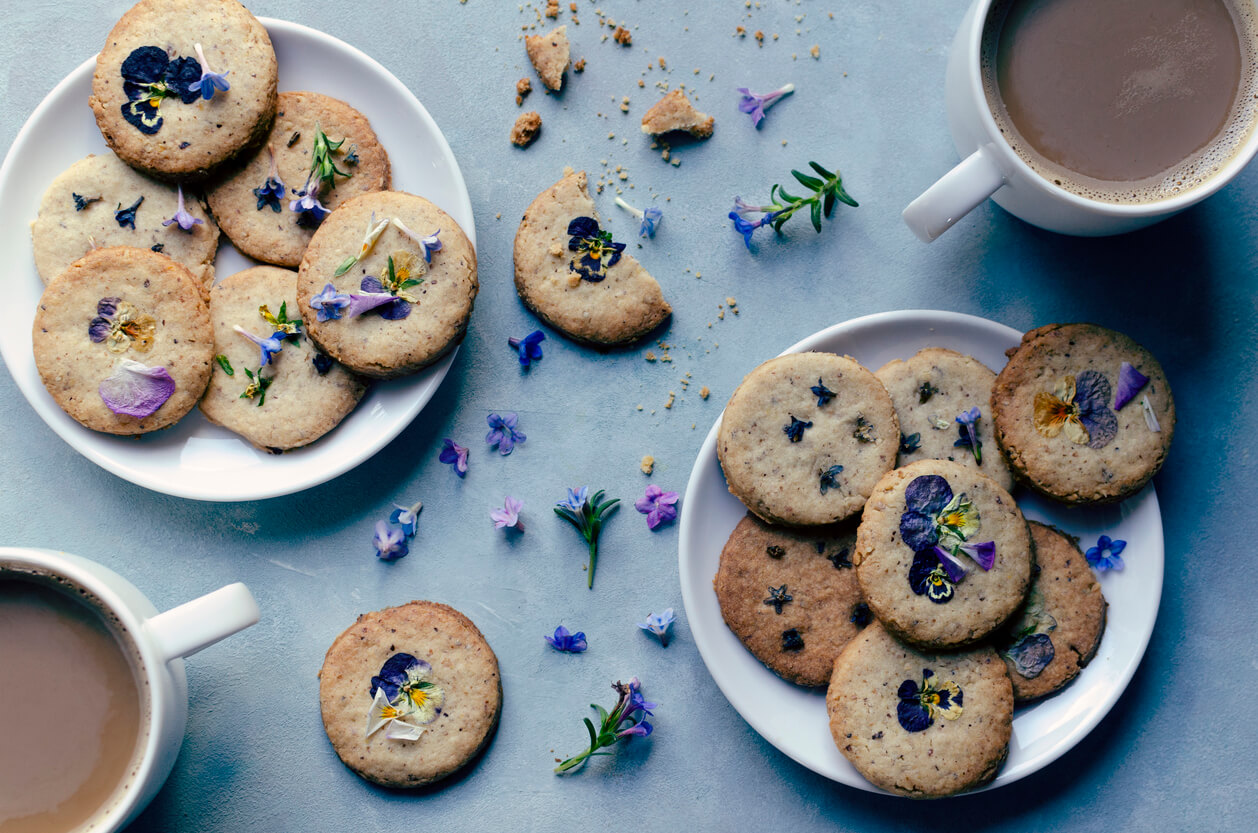
It’s that time of year again when the outdoor blooms are doing their dramatic “exit stage left,” leaving us with a serious case of floral FOMO. But fear not! I’m here to spill the tea (garnished with homegrown edible flowers, of course) on how to keep the petal party going indoors all year round.
But first, let me tell you about my little flower child. My daughter, in her six-year-old wisdom, has decided that the coolest thing in the world is to be able to eat flowers. I’m not kidding – this kid is like a floral foodie in training. When we go to the sushi restaurant and they place hibiscus on the plate as garnish, you bet she gobbles it up, much to the surprise (and amusement) of our waitresses. And this is a child who points her nose up at kid classics like peanut butter and jelly sandwiches, and macaroni and cheese.
Our public outings have turned into botanical inquisitions. “Mom, can I eat this flower? What about that one?” It’s like living with a tiny, overenthusiastic botanist. I’ve had to establish the “strange flower” rule: no matter what, we don’t eat flowers we find in public, especially ones that may be sprayed with pesticides. (I can just imagine trying to explain to the ER doctor why my child has a mouthful of random petals.)
This floral fascination led to what I like to call “The Great Edible Flower Experiment of 2024.” Our garden became a veritable buffet of blooms this summer: nasturtiums, borage, calendula, chamomile – you name it, we planted it. Although I think the chive flowers may be her favorite. Who knew alliums could be so exciting to a rising first-grader?
And here’s where I really earned my “cool mom” badge (or maybe my “slightly unhinged gardener” badge): I planted a whole bunch of different varieties of dandelions. Yes, you read that right. Dandelions. On purpose. My husband’s face when he saw our carefully cultivated dandelion patch was priceless. It was a mix of confusion, amusement, and “What has my life become?” all rolled into one expression.
But you know what? The possibilities are endless! Garnishes, teas, salads – our meals have never been so colorful or conversation-starting. It’s like having an edible art supply always at the ready. Plus, it’s a great way to trick… I mean, encourage… kids to eat more greens. Because apparently, they are way more appealing when they’re disguised as flowers.
So, if you’re ready to join the edible flower revolution (or just want to impress your kids and confuse your neighbors), grab your coffee (or wine, no judgment here), and let’s embark on this floral adventure together. Warning: terrible plant puns ahead. I’m not even sorry.
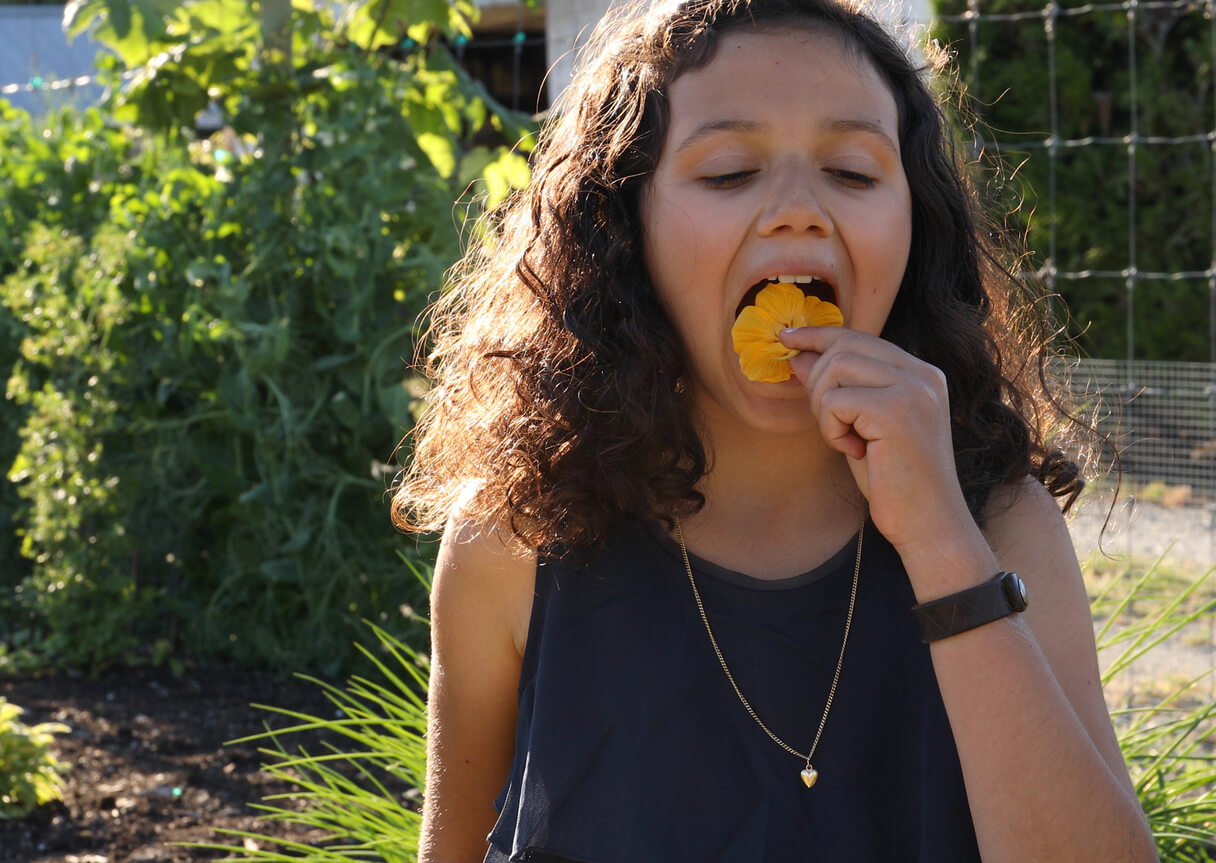
The “Why” Behind Indoor Edible Flowers
First things first – why bother growing edible flowers indoors when you could just, I don’t know, use parsley like a normal person? Well, my dear Watson, allow me to enlighten you:
- Year-round access to fresh blooms (take that, seasonal depression!)
- Control over growing conditions (helicopter parenting, but for plants)
- No pesticides (because who needs extra “spice” in their life?)
- Perfect for small spaces (looking at you, tiny apartment dwellers)
- Major cool points with foodie friends (and confused looks from everyone else)
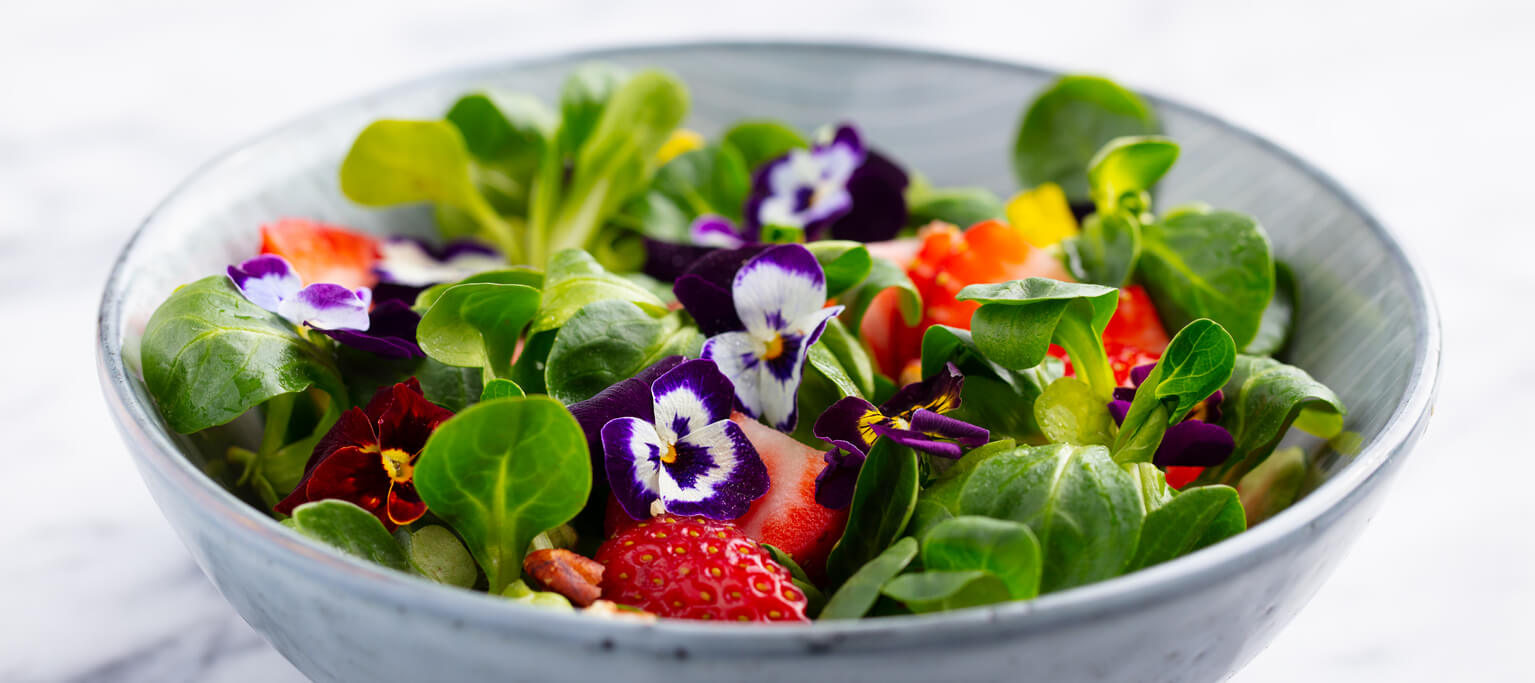
Plant Physiology 101: Or, How I Learned to Stop Worrying and Love Photosynthesis
Okay, time to channel your inner Bill Nye (minus the bow tie, unless that’s your jam). Plants, like kids, have some basic needs:
- Light: Essential for photosynthesis, aka plant food-making magic.
- Water: Because plants, unlike my kid, actually enjoy being hydrated.
- Nutrients: Think of it as multivitamins for your leafy friends.
- Temperature: Goldilocks zone – not too hot, not too cold.
- Air circulation: Nobody likes stale air, not even plants.
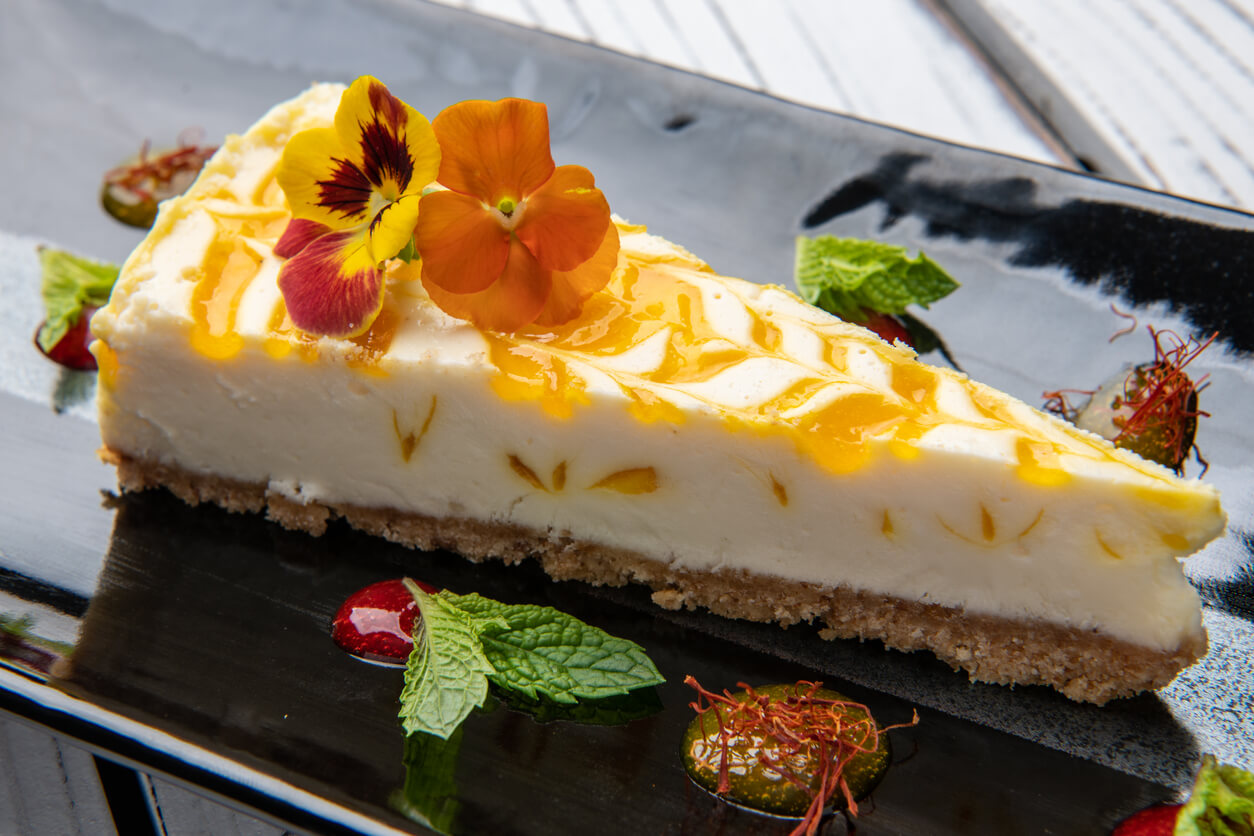
Growing Methods for Growing Indoor Edible Flowers
- Windowsills: Perfect for sun-loving blooms like nasturtiums. These little divas need 6-8 hours of direct sunlight daily. Pro tip: Rotate the pot every few days, or your plants will start doing yoga poses trying to reach the light. Trust me, plant Pilates is not a thing you want to encourage.
- Grow Lights: For flowers that need more light than your window can handle. Looking at you, lavender! These purple pretties need 14-16 hours of light daily. Invest in some full-spectrum LED grow lights, and watch your lavender thrive while you wonder why you can’t photosynthesize caffeine.
- Containers: Size matters, folks! Take dandelions, for example. Yes, the same ones you wage war against in your yard every spring. These rebellious roots need at least 6 inches of depth. I
- Temperature: Most edible flowers like it between 60-75°F. Basically, they’re the Goldilocks of the plant world. Not too hot, not too cold, just right.
- Humidity: Aim for 40-60% humidity. Too high, and you’re running a fungal spa. Too low, and your plants start looking like they’ve been through a desert boot camp. Invest in a hygrometer, or as I like to call it, the “Am I accidentally growing mushrooms?” detector.
- Air Circulation: Good air flow strengthens stems and reduces fungal issues.

Soil and Nutrition for Indoor Edible Flowers
- Soil Composition: Mix equal parts peat moss, perlite, and compost.
- pH Levels: Different flowers like different pH levels. Use a pH tester to keep the peace in your plant kingdom.
- Fertilization: Feed your plants regularly, but don’t go overboard. It’s like giving kids candy – a little is good, too much and things get crazy.

Edible Flower Lineup: Your Indoor Garden’s Greatest Hits
Let’s take a closer look at some edible flowers that thrive, or at least can grow a-ok indoors (chives have been hit or miss for me), along with their diva-like demands:
- Nasturtiums (Tropaeolum majus):
- Light: 6-8 hours of direct sunlight
- Soil: Well-draining, slightly acidic (pH 6.1-7.5)
- Water: Keep soil lightly moist
- Special needs: Prefer cooler temperatures; great for windowsills
- Pansies (Viola x wittrockiana):
- Light: 6 hours of bright, indirect light
- Soil: Rich, well-draining soil
- Water: Keep soil consistently moist
- Special needs: Prefer cooler temperatures; pinch off spent blooms
- Calendula (Calendula officinalis):
- Light: 6-8 hours of bright light
- Soil: Well-draining, moderately fertile
- Water: Allow soil to dry slightly between waterings
- Special needs: Deadhead regularly for continuous blooming
- Borage (Borago officinalis):
- Light: 6 hours of bright light
- Soil: Well-draining, average fertility
- Water: Keep soil evenly moist
- Special needs: Can grow quite tall, so provide support if needed
- Chamomile (Matricaria chamomilla):
- Light: 4-6 hours of bright light
- Soil: Well-draining, slightly acidic
- Water: Allow soil to dry between waterings
- Special needs: Harvest flowers when fully open for best flavor
- Chives (Allium schoenoprasum):
- Light: 4-6 hours of bright light
- Soil: Rich, well-draining
- Water: Keep soil consistently moist
- Special needs: Trim regularly to encourage new growth
- Violas (Viola spp.):
- Light: 6 hours of bright, indirect light
- Soil: Rich, well-draining
- Water: Keep soil evenly moist
- Special needs: Prefer cooler temperatures; great for small spaces
- Mint (Mentha spp.):
- Light: 4-6 hours of bright light
- Soil: Rich, well-draining
- Water: Keep soil consistently moist
- Special needs: Can be invasive in the ground, but quite contained inside!
All of these plants would do quite well in a large hydroponic system, if you’re considering it. Check out our February 2022 issue dedicated to hydroponic gardening in the winter.
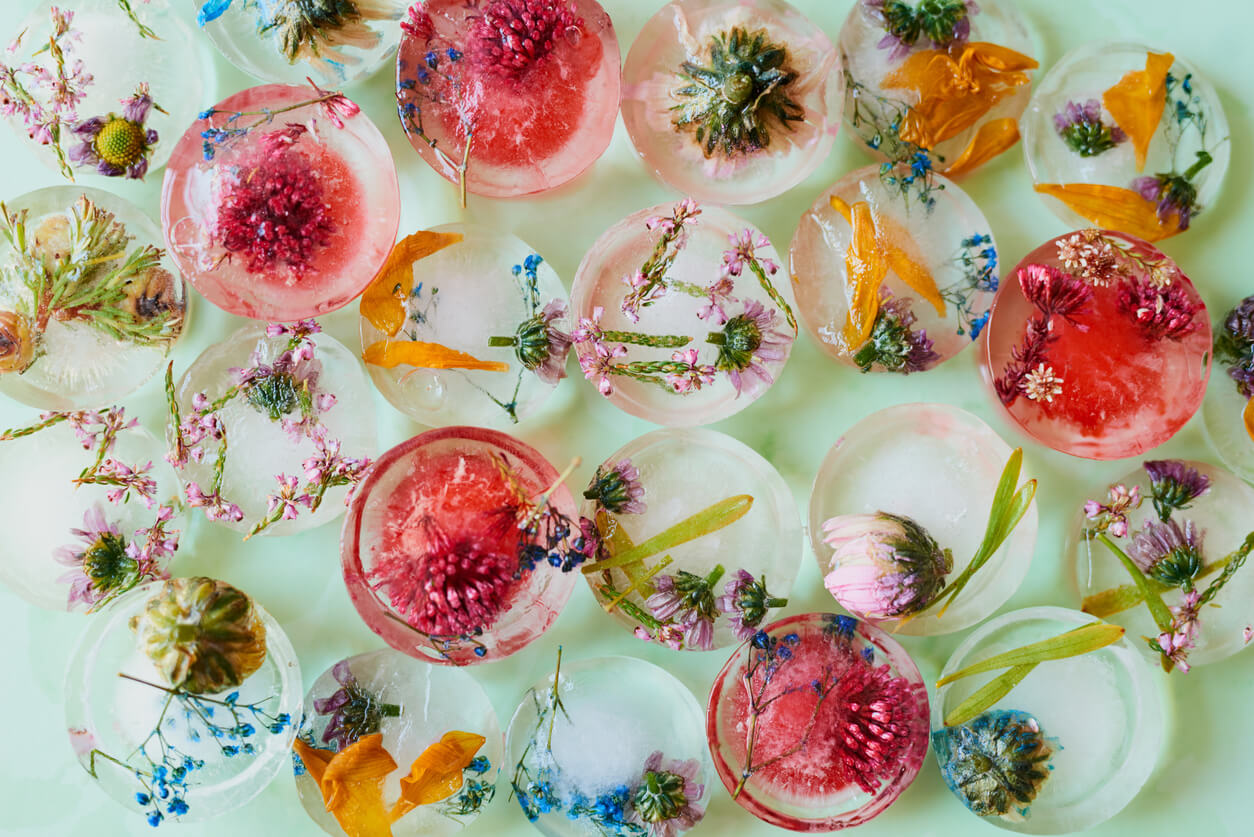
Harvesting and Using Your Floral Beauties
Since you’re growing indoors, there’s no morning dew to consider. When you harvest, rinse them gently and use immediately for best flavor, or store in the fridge. Just don’t forget about them like that salad you swore you’d eat for lunch all week.
Safety note: Always double-check that what you’re about to eat is actually edible. “Oops, that wasn’t a nasturtium” is not a fun conversation to have with Poison Control.
Growing edible flowers indoors is like having a secret garden. It’s a blend of science, art, and a dash of “why not?” Plus, it’s a great way to impress guests, confuse your family, and pretend you have your life together.
So, as the autumn leaves fall and your outdoor garden says its dramatic goodbyes, remember that indoors, the flower power party is just getting started. Remember, in the grand tapestry of life, sometimes you’re the vibrant edible flower, and sometimes you’re the slightly wilted lettuce leaf underneath. Either way, you’re part of one delicious salad. Happy growing, and may your blooms be ever in your flavor!
If you have tried to grow your own edible flowers indoors, let me know which ones have worked best for you!


 Previous
Previous

